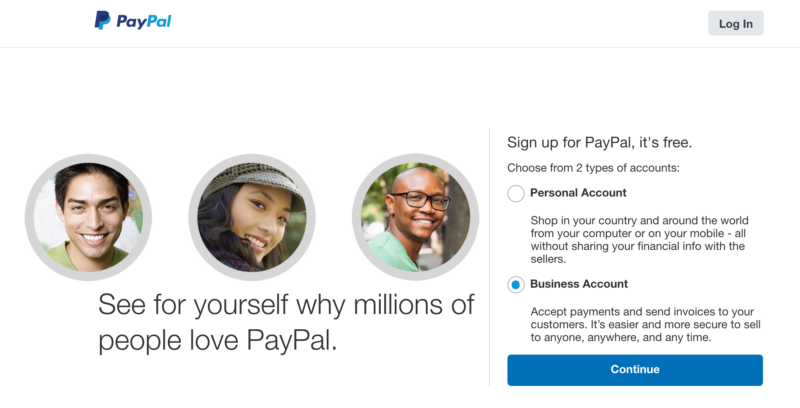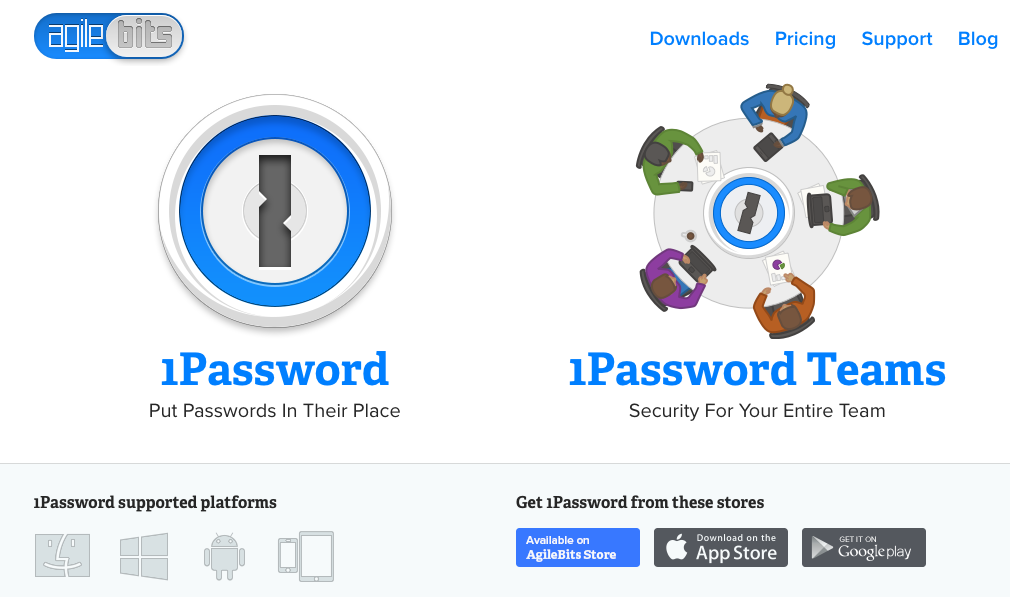
I recently decided to migrate one of my brands’ email accounts from Zoho Mail to Gmail. Google Apps has many more features than just Gmail and we were also having some spam issues with Zoho Mail so the move was a no-brainer really.
The only disadvantage is that Gmail is not free for business use with your own domain, but the price is worth paying, especially if you don’t require a large number of mailboxes/users.
In any case, my biggest headache was how to replicate the same mailboxes I had on Zoho Mail and move the thousands of emails from Zoho to Gmail. At first, I looked at export/import facilities in both services, however, it turned out that the solution is much simpler.
The best way to migrate is to install a mail package on your laptop, in my case I used the free Thunderbird. There are many others, take your pick or use whatever you have installed already.
Secondly, set up the Zoho Mail inboxes on Thunderbird with an IMAP connection. You also need to create the inboxes in Gmail and enable IMAP (it’s off by default). Then, also set up the Gmail accounts in Thunderbird. Once they can all connect it’s time to work the magic.
Let’s say I have a Zoho Mail inbox named [email protected] and I have set up the same one on Gmail entitled [email protected]. Once they are both able to connect from Thunderbird, what I do is access the Zoho Mail inbox, select all emails, then drag and drop into the same inbox on Gmail. That way the emails will be moved from Zoho Mail’s inbox to the Gmail one. That’s it, easy as pie.
Once you transfer all the emails in this manner, you will also need to set up folders (labels in Gmail) and filters. I suggest you set up the filters within Gmail itself rather than your email client on the laptop. That way you can switch clients at a later stage without having to set up the filters again. Gmail also has a great filtering system so there is no reason to use anything else.
It’s really easy to migrate from one email host to another using IMAP connections. The same procedure described above can, in fact, be used to migrate between any two email hosts that support IMAP.
If you want to keep using free Gmail and still want to use your domain name in your email, you can use the Improv.mx forwarding service.




 Update October 2019 – Switching to 1Password Subscription
Update October 2019 – Switching to 1Password Subscription